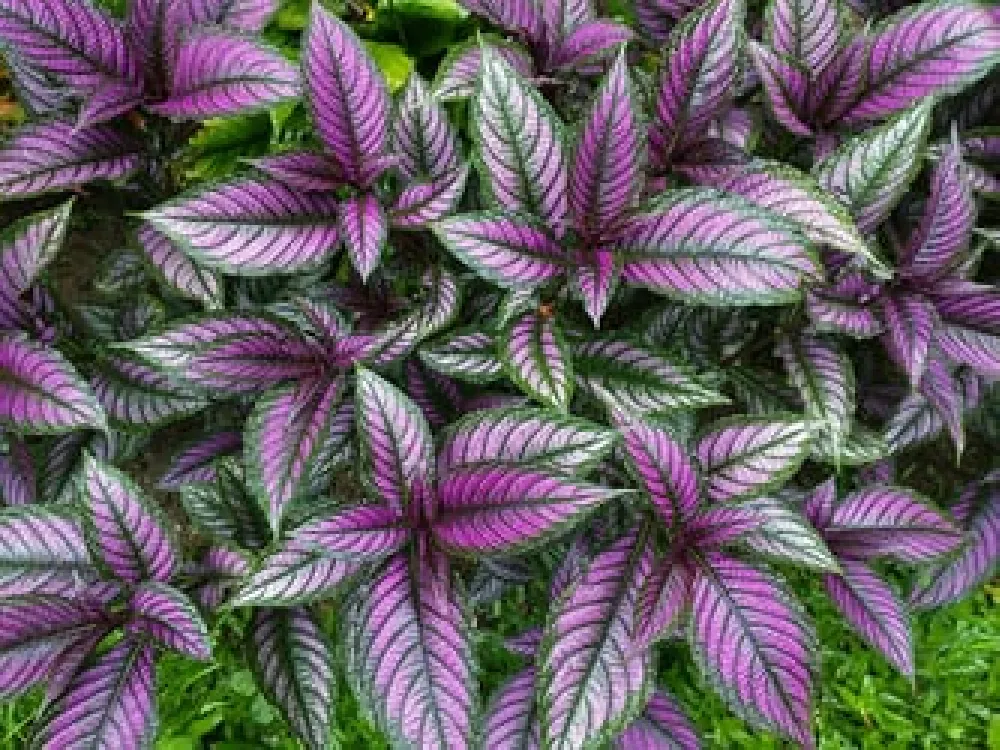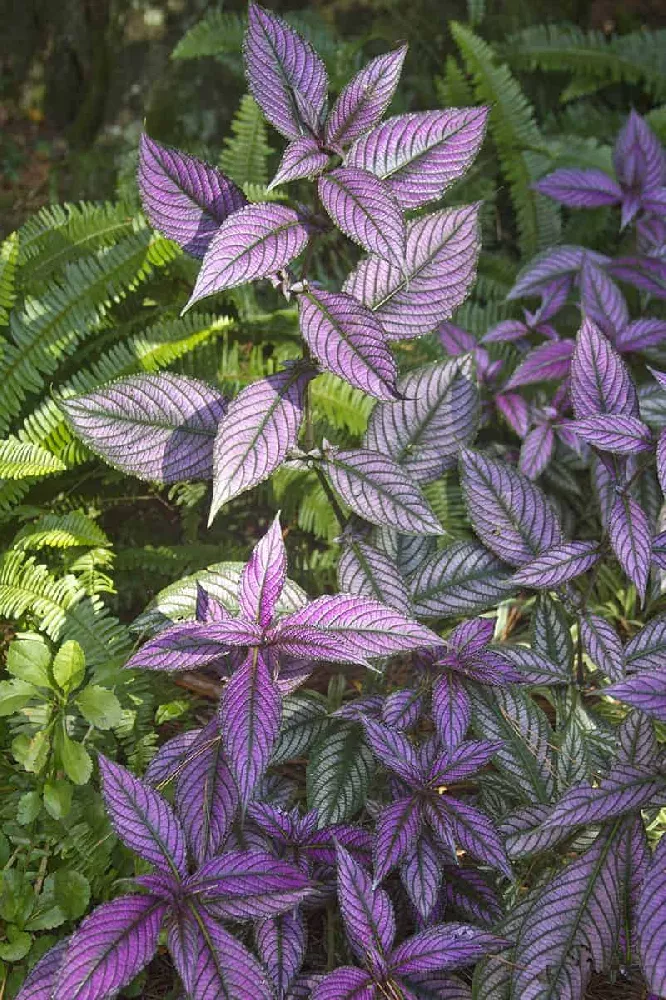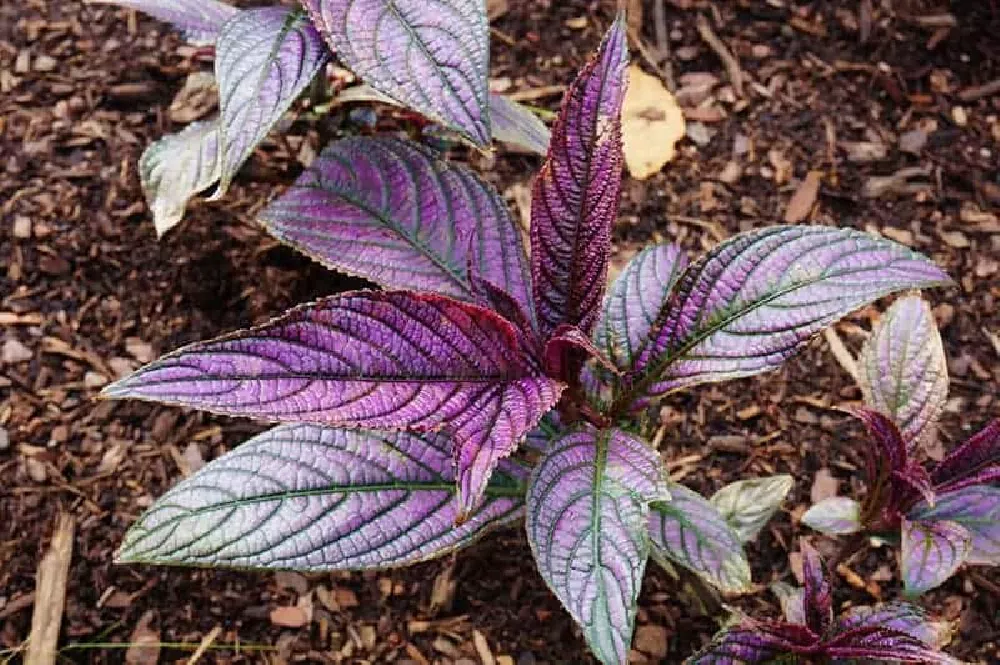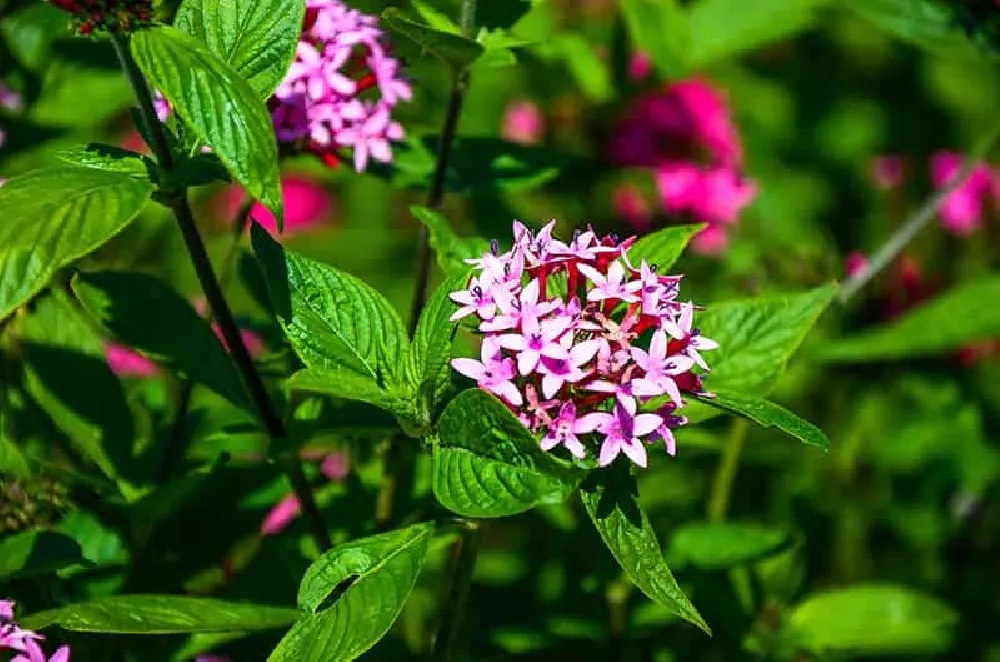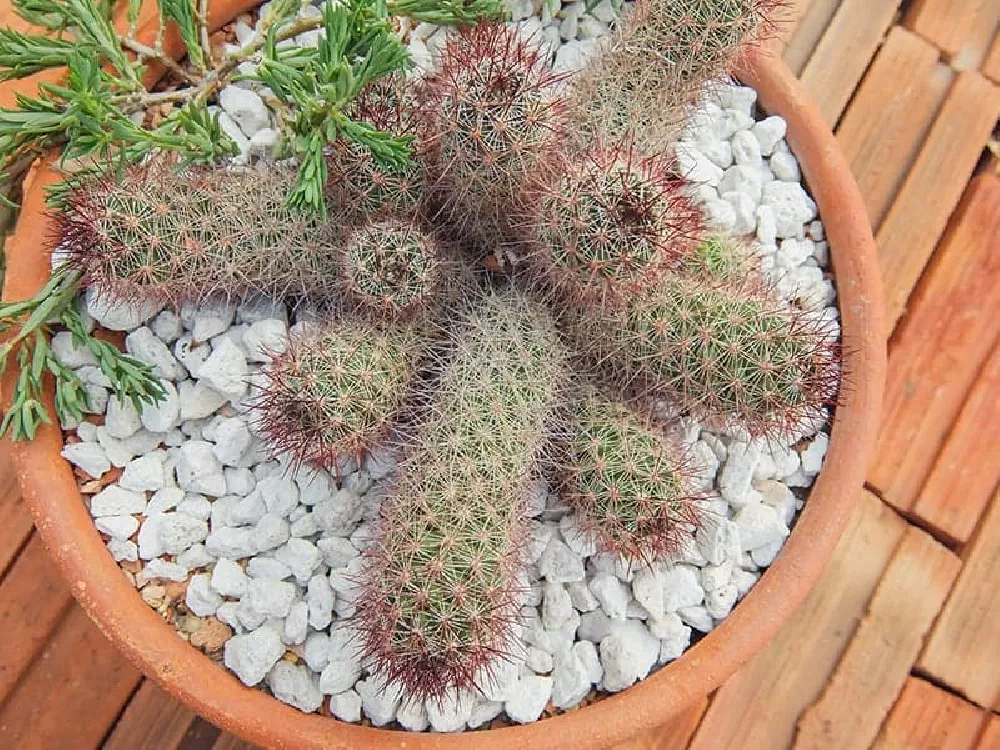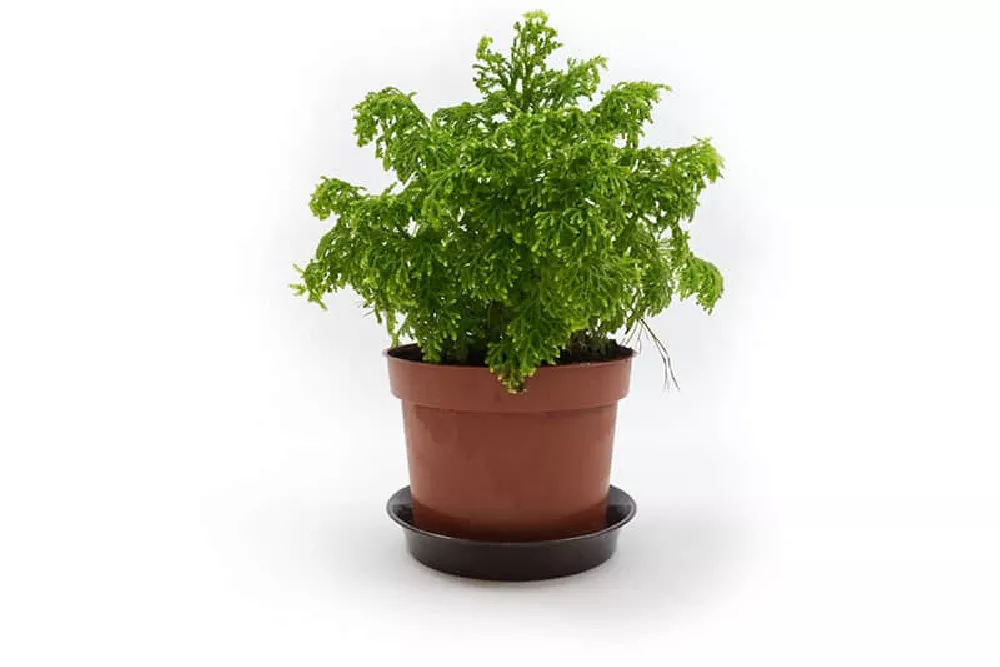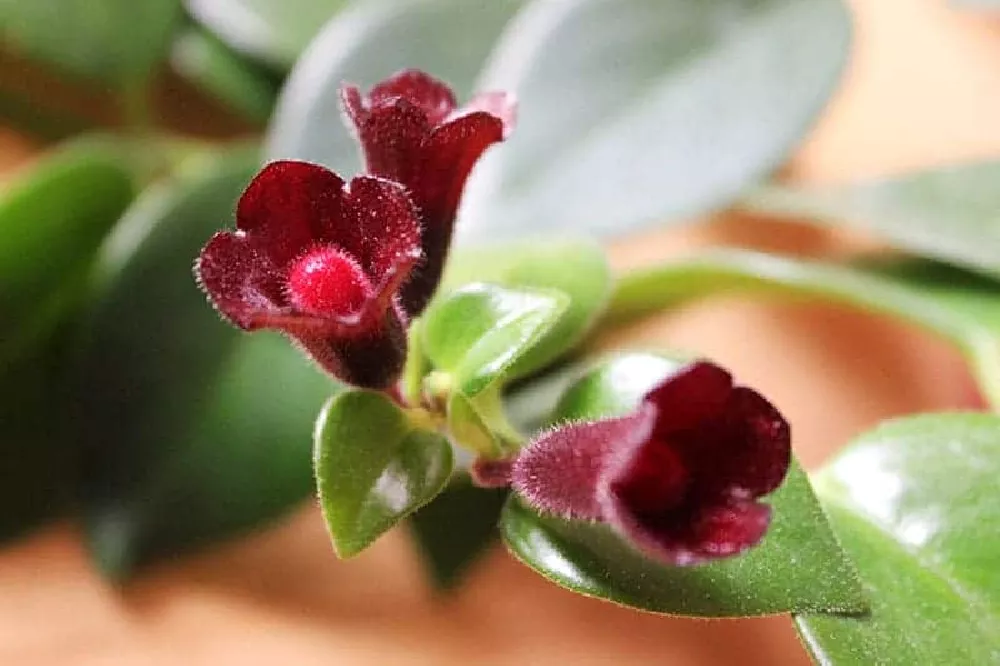- Home >
- Houseplants >
- Persian Shield
Persian Shield for Sale - Buying & Growing Guide
It is difficult to understate the ornamental value Persian shield plants will add to your garden. Known as Strobilanthes dyeriana, in the horticultural community, this plant has some of the most impressive leaves you can imagine. The foliage has a glossy surface and a deep purple hue. If this appearance appeals to you, you will be pleased to learn there are several viable ways to grow this plant. While Persian shield plants thrive outdoors in hot, humid regions, they can survive as annual or indoor plants in areas where the winters are colder. Here are some notable facts about Persian shield plants:
- Brilliant purple foliage.
- Has the ability to grow as an annual or as a perennial depending on the climate.
- Easy to grow indoors in containers.
Enter your zip code to find nearby stores that may carry this plant.
Planting and Care
Planting instructions
If you wish to grow a Persian shield plant, there are several ways you can go about it. These plants are easy to propagate using seeds or cuttings from mature plants. Additionally, transplanting a mature Persian shield plant is a straightforward task.
Regardless of the planting method you use, it is best to situate your Persian shield plant in an area of partial sunlight. After planting, you will need to carry out frequent watering during the first growing season.
Watering and nutrients
Compared to other plant species, Persian shield plants need a lot of water. During the first growing season, it is a good idea to water your plant once per day. After the plant has established itself, it will still need plenty of water to keep the soil moist. Once or twice per week is a good schedule to keep over the long term.
Along with watering frequently, you should fertilize your Persian shield plant often. Use a fertilizer mix with a high volume of nitrogen, such as a 20-10-10 formula.
Pruning
Persian shield plants respond well to pruning. The most common pruning goal with this plant is making the alluring foliage denser and more numerous. The best way to achieve this is by pinching the stems or cutting the whole plant back.
The same methods that make a Persian shield plant bushier will help you manage the overall size of this plant. If you choose to prune Persian shield plants for any reason, you can do so at any point in the growing season.
Pests, diseases, and animals
Regarding pests, diseases, and animals, Persian shield plants typically do not have any issues. There are a few pests that can afflict this species, such as the fungus gnats and spider mites. However, Persian shield plants are entirely disease-free.
The other common issue with this plant is foliage wilt. When this issue occurs, it is not difficult to determine the reason. Persian shield plants need consistently moist soil.. If the soil begins to dry out, wilting leaves will be one of the first signs.
Achieving maximum results
If you notice your Persian shield plant is not showing the kind of vibrant purple leaves you expect, the most likely cause is too much sunlight. While this species can survive in full sun, that setting can often diminish the foliage color.
To promote the most attractive growth for this plant it is best to pinch back the stems. This will encourage the Persian shield plant to be bushier, with a fuller set of foliage.
FAQs
Can you grow Persian shield plants indoors?
It is possible to grow a Persian Shield Plant either indoors or outdoors. If your region is warm enough, you can plant this species in your outdoor garden, where it will act as a perennial plant. If your region is a bit colder, you can grow your Persian shield plant indoors. The fact this plant does not need full sun makes indoor planting and care much easier.
In what regions will a Persian shield plant Survive?
The best regions to grow Persian shield plants are in zones 9-11. Ideally, the air temperature should not drop below 60 degrees Fahrenheit for this plant to thrive. In those settings, this species grows as a perennial. In colder regions, you can plant Persian shield plants outdoors, as an annual that will die off when the temperature lowers in winter, or grow it indoors, year-round.
How large does Persian shield plant grow?
In ideal conditions, a Persian shield plant will reach about four feet high and three feet in spread. You will have a lot of control over how large your Persian shield plant will be. This plant responds well to pruning, so it is easy to keep it at a smaller size. Whether large or small, Persian shield plants will develop an overall rounded form.
